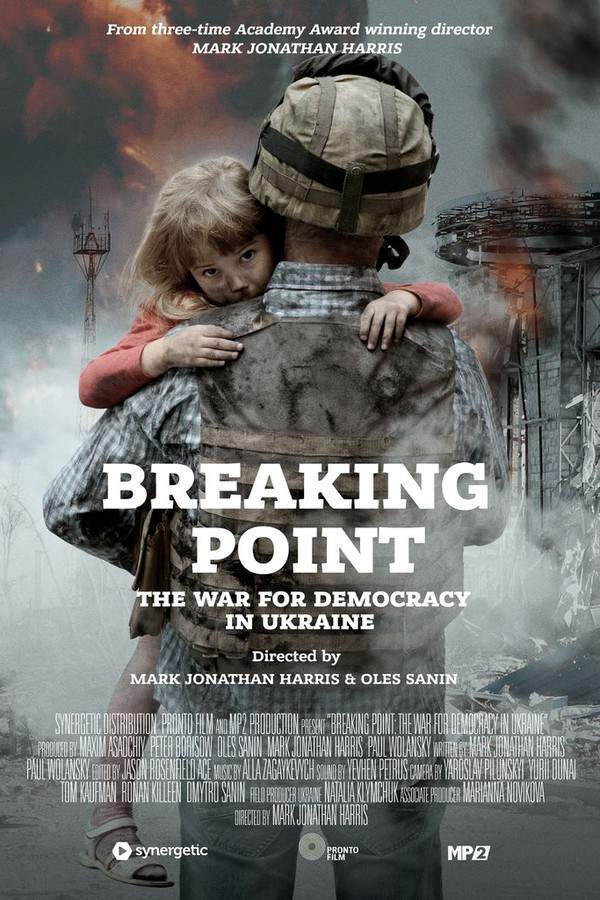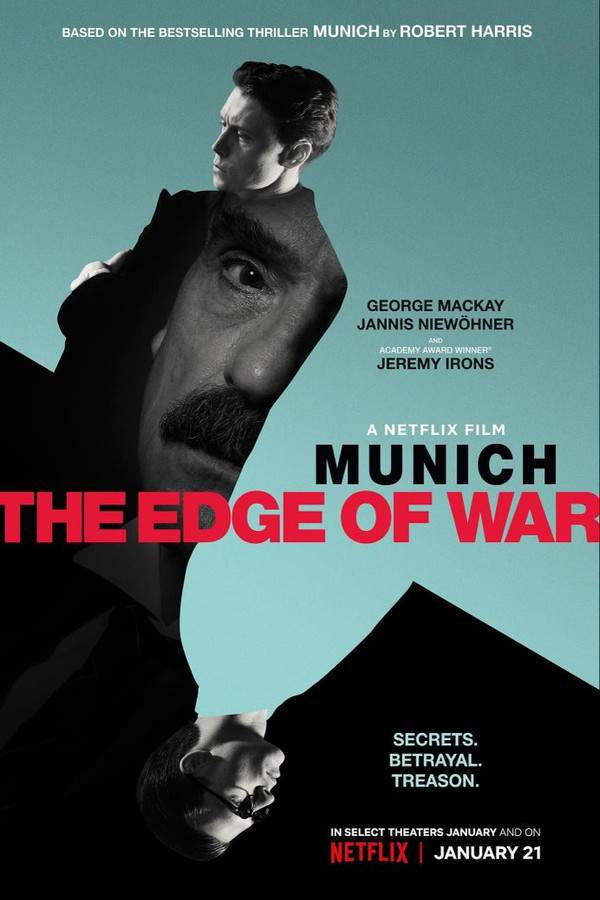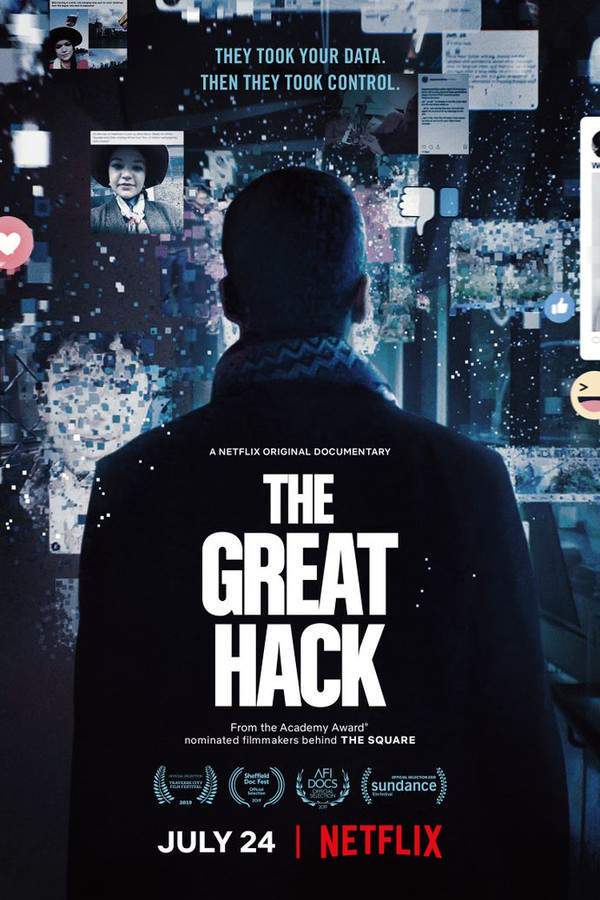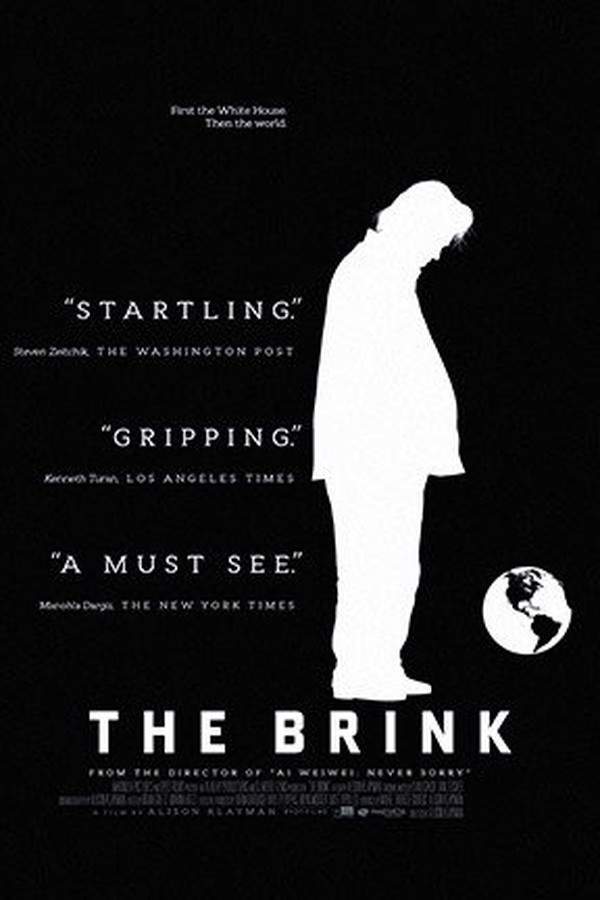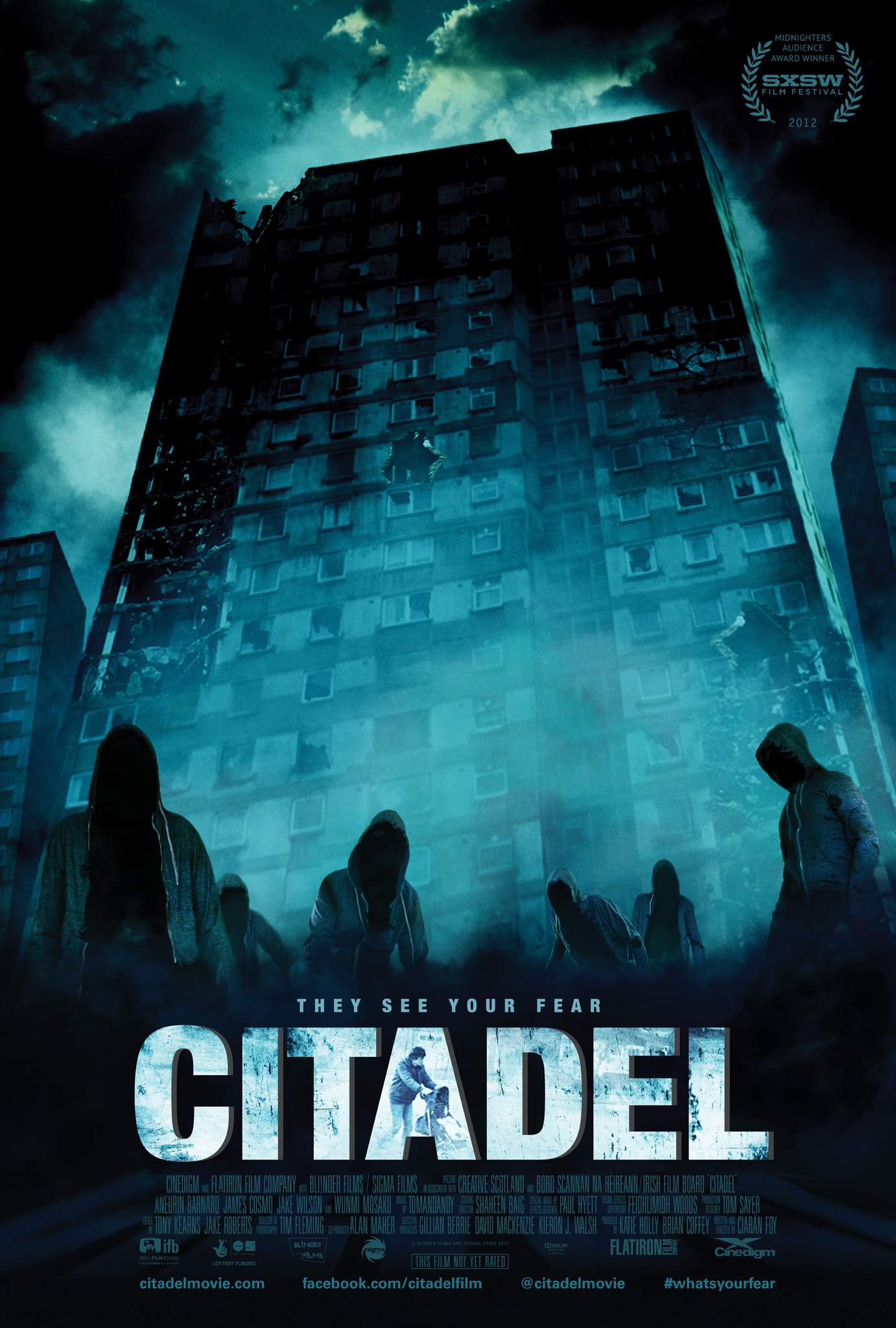
Brexit: The Uncivil War
Political strategist Dominic Cummings orchestrates a groundbreaking and divisive campaign to sway British voters towards leaving the European Union. The film explores the strategies and tactics employed from 2015, offering a behind-the-scenes look at the events leading up to the historic referendum and its aftermath. It examines the methods used to shape public opinion and the impact of this pivotal moment in British history.
Warning: spoilers below!
Haven’t seen Brexit: The Uncivil War yet? This summary contains major spoilers. Bookmark the page, watch the movie, and come back for the full breakdown. If you're ready, scroll on and relive the story!
Brexit: The Uncivil War (2019) – Full Plot Summary & Ending Explained
Read the complete plot breakdown of Brexit: The Uncivil War (2019), including all key story events, major twists, and the ending explained in detail. Discover what really happened—and what it all means.
Opening in 2020, at a fictional public inquiry, Dominic Cummings sits before a panel led by Elizabeth Denham and argues that the modern political landscape is being reshaped not by posters or speeches, but by technology, data, and networks that outpace traditional Westminster methods. He tries to explain the unseen mechanisms behind campaigns, and the panel listens as he details a world where information is mined, targeted, and optimized in real time to steer public opinion. The film uses this present-day interrogation to illuminate a deeper thread: the tension between control and consequence when politics is run like a digital operation.
Flashbacks take us to 2015, when Douglas Carswell and Matthew Elliott offer Cummings a path to lead Vote Leave. Cummings, deeply critical of “Westminster politics,” initially rejects their overture, but the promise of total autonomy over the campaign convinces him to dive in. He abandons the familiar toolkit of posters, MPs knocking on doors, and leaflets in favor of an algorithmic, database-driven approach that leverages social media and enormous data sets to micro-target voters. This pivot signals a strategic shift: control becomes the central prize, not broad-based consensus.
Cummings’ unconventional plan clashes with other players inside the Leave camp. He dismisses an incremental merger with Leave.EU, led by Nigel Farage and Arron Banks, because his data suggests Farage will impede winning a majority. This choice strains relationships with Vote Leave MPs and donors who expect traditional campaigning methods. The internal friction is acute enough that John Mills, the chair of Vote Leave, contemplates firing Cummings to pursue a broader, more conventional alliance, only to find himself swept aside in a power struggle that underscores how fragile loyalty becomes when data-driven tactics redefine success.
On the Remain side, Cummings’ counterpart, Craig Oliver, maps out a parallel strategy. Both camps identify the same target: the one-third of voters who remain undecided and could tilt the outcome. Oliver doubles down on the idea that the economy and jobs are vital, but Cummings believes that a deeper fear—losing control and the perception that the UK might be pulled toward the EU’s trajectory—will prove more persuasive. The film explores how each message is crafted to resonate with different segments of the population, and how the emphasis on control versus continuity becomes a battle of narratives as much as data.
A pivotal moment arrives when Cummings hires Zack Massingham, a Canadian tech entrepreneur, to build a sophisticated database using tools from AggregateIQ. The new pool of data augments traditional campaign methods by identifying voters who aren’t on the formal electoral register but who lean toward leaving the EU. Zack Massingham brings in the power of digital reach, and Arron Banks meets Robert Mercer to explore the potential of social media databases to sway opinion. The union of tech and politics deepens the divide between the digital strategy and the more established, focus-group-driven approach used by Oliver.
In parallel, Oliver’s team discovers a deeper vulnerability in their focus groups. A single session erupts into a heated quarrel, culminating in a participant’s tearful confession: “I’m sick of feeling like nothing, like I have nothing. Like I know nothing. I’m sick of it.” The moment crystallizes a core truth for the Remain camp: the emotional resonance of voters’ experiences can outstrip purely economic or logistical arguments, and campaigns must address these human fears to be credible.
As the campaign accelerates, high-profile Conservative figures enter the fray. Michael Gove and Boris Johnson join Vote Leave, reinforcing the call to “Take Back Control.” They evaluate the feasibility of certain claims, such as the famous NHS budget figure and the issue of Turkish immigration, and they decide to move forward despite misgivings about specific promises. The campaign’s direction hardens, and the lines between message discipline and political bravado blur.
An emergency conference call brings together key players from both sides: Oliver and his team coordinate with Prime Minister David Cameron while a schedule of messaging is debated with Peter Mandelson. The scene emphasizes the high-stakes nature of the Brexit campaign and the uneasy alliance between the two halves of the political spectrum, where strategists from opposite ends clash over what can and cannot be promised to voters. The debate reveals the fragility of the Remain campaign and how quickly internal disagreements can erode unity.
The narrative intensifies after the shocking murder of MP Jo Cox. In the wake of the tragedy, Cummings and Oliver share a quiet moment over a drink, contemplating the consequences of the very train they helped set in motion. Cummings mutters a line that underscores the fear at the heart of their efforts: “Be careful what you wish for. You won’t be able to control it either.”
Then comes the pivotal referendum day: on 23 June 2016, Britain votes narrowly to leave the EU. The victory belongs to the velocity and reach of digital campaigning, but it also exposes the human cost of the tactics that drove the result. The film returns to 2020, where the public inquiry concludes with Cummings reflecting on how the political system reacted after the Vote Leave win. He leaves the room with a heavy sense of unease, suggesting that victory did not translate into the governance and accountability that follow a radical shift in direction.
Throughout, the film uses archival footage and dramatized scenes to interrogate the ethics and consequences of data-driven politics. It invites viewers to consider how political power is shaped by technology, how narratives are engineered to resonate with fear and aspiration, and what happens when control becomes the currency of modern campaigning. The story remains faithful to the core events while providing a detailed, character-driven portrait of the people who steered one of the defining political moments of a generation, all while staying grounded in a careful, balanced portrayal of motivations and outcomes.
Last Updated: November 22, 2025 at 16:00
Unlock the Full Story of Brexit: The Uncivil War
Don't stop at just watching — explore Brexit: The Uncivil War in full detail. From the complete plot summary and scene-by-scene timeline to character breakdowns, thematic analysis, and a deep dive into the ending — every page helps you truly understand what Brexit: The Uncivil War is all about. Plus, discover what's next after the movie.
Brexit: The Uncivil War Timeline
Track the full timeline of Brexit: The Uncivil War with every major event arranged chronologically. Perfect for decoding non-linear storytelling, flashbacks, or parallel narratives with a clear scene-by-scene breakdown.

Similar Movies to Brexit: The Uncivil War
Discover movies like Brexit: The Uncivil War that share similar genres, themes, and storytelling elements. Whether you’re drawn to the atmosphere, character arcs, or plot structure, these curated recommendations will help you explore more films you’ll love.
Explore More About Movie Brexit: The Uncivil War
Brexit: The Uncivil War (2019) Scene-by-Scene Movie Timeline
Brexit: The Uncivil War (2019) Movie Characters, Themes & Settings
Brexit: The Uncivil War (2019) Spoiler-Free Summary & Key Flow
Movies Like Brexit: The Uncivil War – Similar Titles You’ll Enjoy
Breaking Point: The War for Democracy in Ukraine (2018) Full Summary & Key Details
Munich: The Edge of War (2022) Story Summary & Characters
The Great Hack (2019) Full Summary & Key Details
The Brink (2019) Full Summary & Key Details
Citadel (2012) Complete Plot Breakdown
Churchill (2017) Full Movie Breakdown
Brexitannia (2017) Story Summary & Characters
The Dirty War on the NHS (2019) Complete Plot Breakdown
Break-Out to the Unknown (2018) Film Overview & Timeline
The State Within (1000) Movie Recap & Themes
Defence of the Realm (1985) Story Summary & Characters
Scandal (1989) Film Overview & Timeline
The Choice 2020: Trump vs. Biden (2020) Detailed Story Recap
This England (1000) Movie Recap & Themes
Into the Storm (2009) Ending Explained & Film Insights



